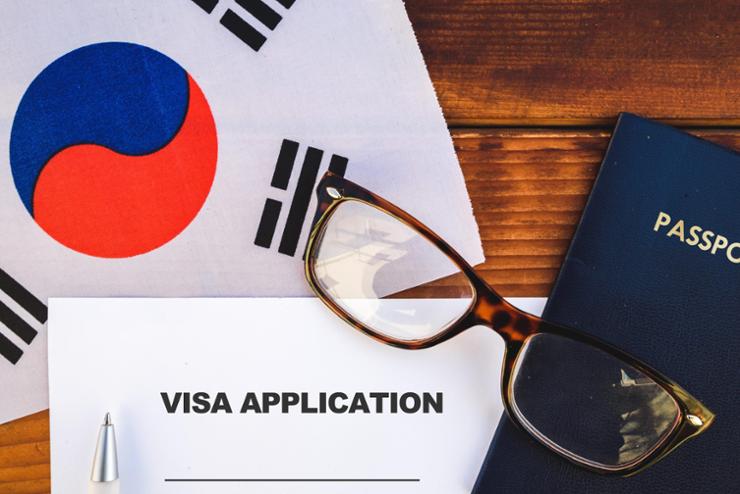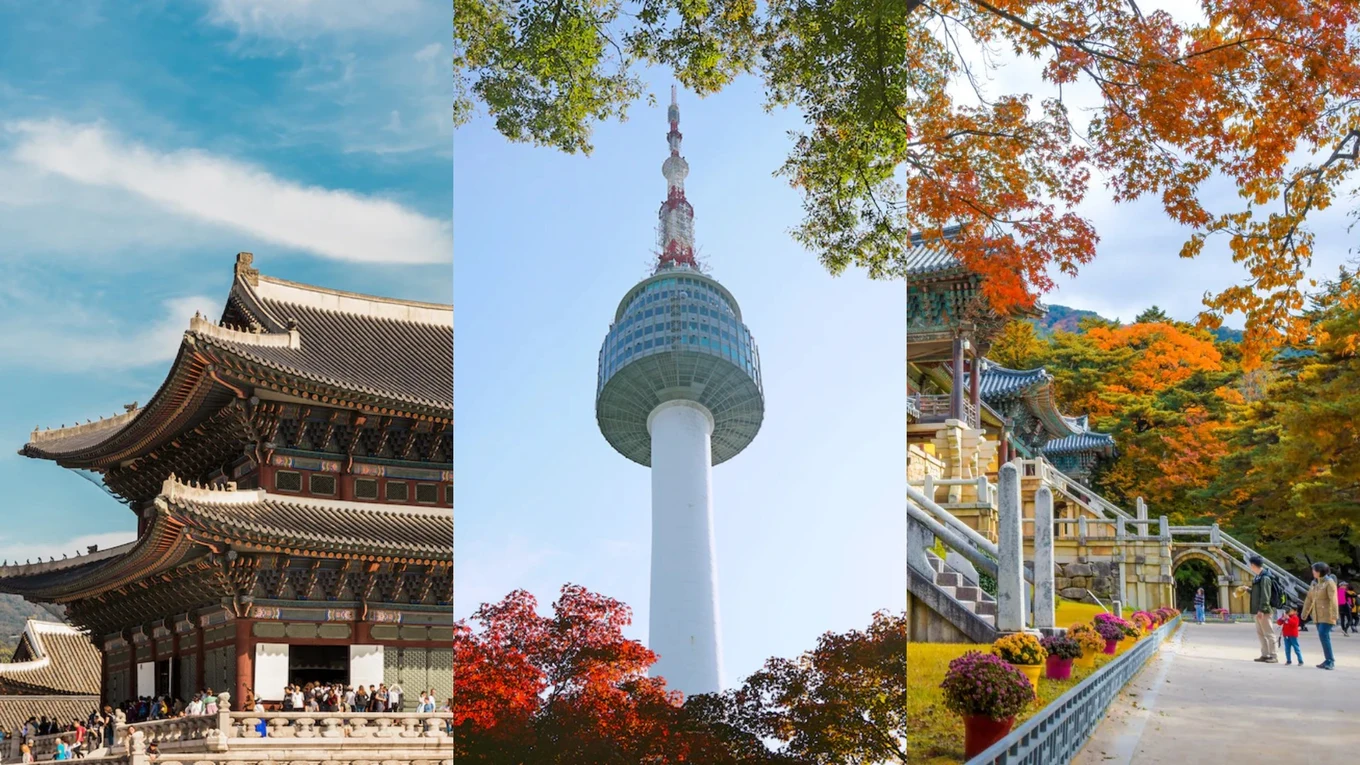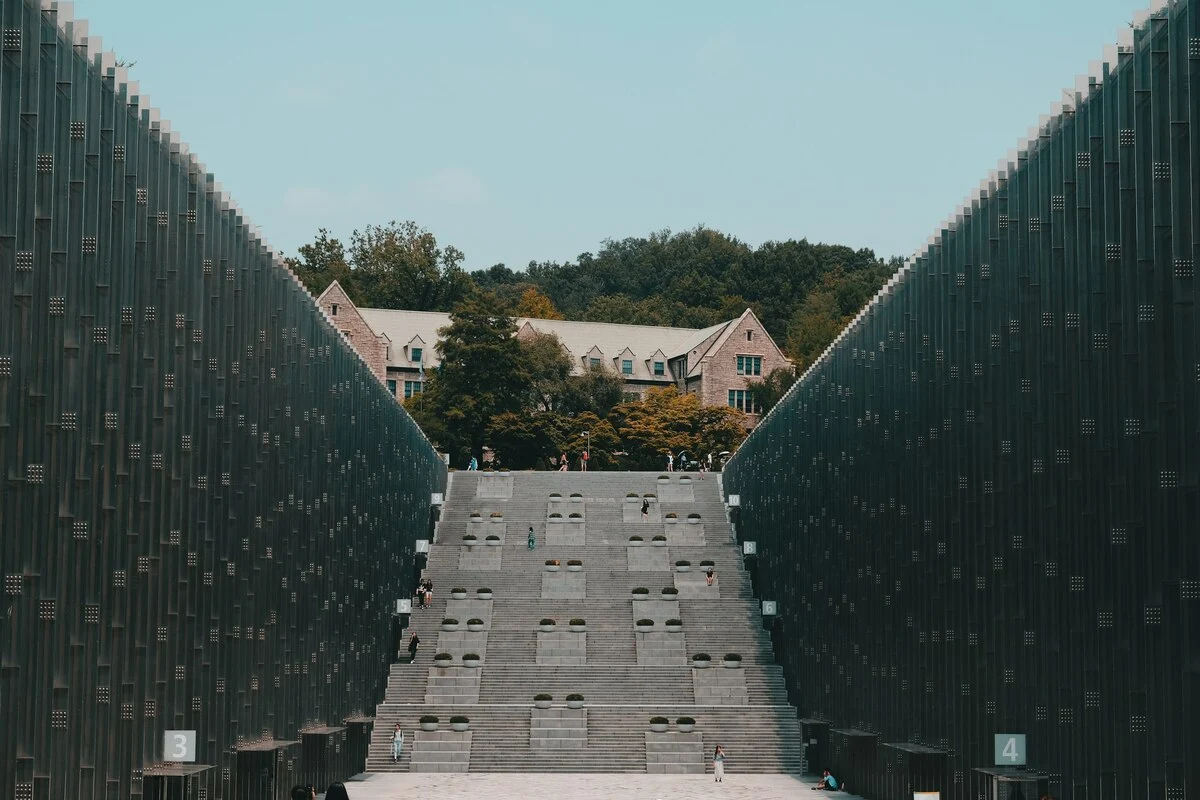20 Years of Transformation: How Boin High School Became a Top School for Seoul National University Admissions

On March 17, at Boin High School in Songpa District, Seoul, third-year students provided guidance to first-year students about school life. Boin High School pairs seniors with juniors in a mentoring program to help newcomers adjust to both school and study routines. Among the 360 third-year students, 130 voluntarily attend school every Saturday for mock exams in Korean and mathematics, despite it not being mandatory. These exams closely mimic the actual College Scholastic Ability Test (CSAT), with teachers preparing test papers that match the number of questions and timing of the CSAT, even down to the sound of the bell. Vice Principal Oh Yang-wook stated, "Just as the South Korean archery team prepares for the Olympics by simulating the competition environment, we conduct weekly training that feels like the real thing." This initiative has received positive feedback from students and parents alike, with many expressing that it reduces anxiety during the CSAT and saves on weekend tutoring costs. The program started with just 20 students in its first year, growing to 100 last year and 130 this year.
Boin High School, which began as a commercial high school, has gained recognition as a prestigious institution in the education sector. The number of students accepted into Seoul National University has steadily increased from 9 in the 2021 academic year to 21 in 2022, 23 in 2023, 33 in 2024, and reaching 38 in 2025, making it the fifth highest in the nation, following schools like Hankuk Academy of Foreign Studies (56) and Daewon Foreign Language High School (52).
The transformation of Boin High School began two decades ago. Unlike other private schools that are often run by corporations or entrepreneurs, Boin faced a financial crisis in the early 2000s. The then-chairman’s daughter-in-law approached Kim Seok-han, the current chairman, expressing her concerns about the school's future. Kim, who successfully managed a faux fur company, took over the school in 2004. He believed that the school could not remain a commercial high school in a changing era and transitioned it to a general high school in 2007.
To enhance the school's reputation, selecting excellent teachers was a top priority. Kim implemented a rigorous nine-step selection process, including applications, tests, teaching demonstrations, and interviews. He aimed to assemble a faculty that could compete with any school in the country. In one instance, 1,250 candidates applied for 15 positions, prompting Kim to review resumes wherever he went. He also invested 32 billion won in improving the school environment, including constructing a new gymnasium and renovating the main building. Boin became a self-governing private school in 2011.
Kim stated, "Some may argue that managing a school is different from running a business, but from a customer satisfaction perspective, they are quite similar. A school must satisfy its customers, the students and their parents. To do this, we need to achieve good results and reduce private education costs."
After dinner, students engage in voluntary night study sessions from 6:10 PM to 9:30 PM, which are not limited to self-study. They can conduct personal research, such as calculating spring elasticity, and write reports based on their findings. Vice Principal Oh emphasized that while teachers can provide excellent records, students must bring in the 'materials' for learning. With all necessary books and experimental equipment available at school, students are encouraged to study and experiment on campus rather than attending private academies after school. Approximately 80% of the 1,100 students from grades 1 to 3 participate in these night study sessions voluntarily.
Despite the impressive college admission results, the faculty collectively expressed that they do not wish to mold students solely into high achievers. They emphasize character education, teaching new students to greet adults warmly. On March 17, as Chairman Kim walked through the school grounds, groups of students greeted him with bright smiles and deep bows, saying, "Hello, Chairman!" The school also prioritizes physical fitness, running a year-round inter-class soccer league for all students. Another unique feature is the 'nap time,' where all students take a 30-minute nap in the afternoon to refresh their minds for studying after lunch.
Additionally, the school has a mentoring program that pairs one third-year student with one first-year student. First-year students can ask their senior peers about study methods, school adaptation tips, and personal concerns. On this day, first-year student Kang Eun-kyu (16) asked third-year student Moon Ho-jun (18), "Is studying for seven hours a day enough?" Moon advised him that sleep needs vary by individual and suggested experimenting with different sleep durations on weekends to find what works best. This mentoring approach has significantly reduced the number of students transferring out; previously, 30 students would leave within a year of enrollment, but now only 1 or 2 do.
What do you think?
0 reactions





